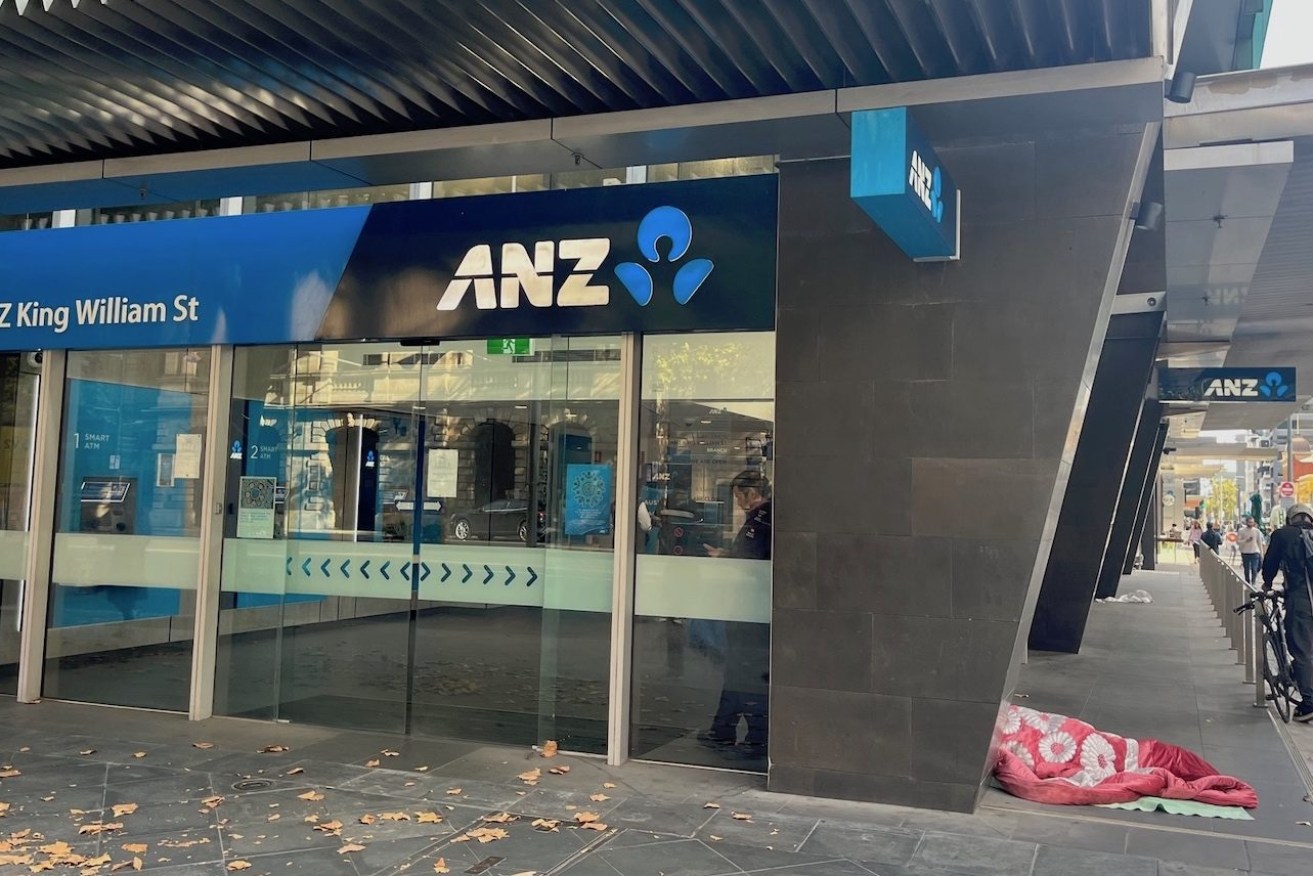Homeless services under pressure in housing crisis
Australia’s unrelenting housing crisis is heaping pressure on service providers.

Photo: Belinda Willis/InDaily
More than 100,000 people accessed homeless support services for the first time in 2022/23, with 55 per cent of them already homeless when they engaged with help.
One in four of those listed “housing crisis” as the main reason they were experiencing homelessness, while one in five referred to family and domestic violence.
Of all people accessing support, one in four said they were experiencing housing crisis, with one in three affected by housing affordability stress.
Homelessness Australia chief executive officer Kate Colvin pointed out the amount of people exiting the support network to rough sleeping increased by 16 per cent.
“These figures are a stark and alarming indicator of how the deepening housing crisis is pushing more Australians to sleep in their car, pitch a tent or couch surf,” she said in a statement.
“It’s very hard to work or learn when you have no roof over your head or a real prospect of getting a home.”
The Australian Institute of Health and Welfare’s report found nearly two-thirds of specialist housing service users in 2022/23 had previously accessed them at some point after 2011.
“For some people, a period of insecure housing can be short lived; for others, ongoing or chronic homelessness can be a feature of their lives,” the report read.
“Even with the support of specialist services, people may experience homelessness for long periods of time or cycle in and out of homelessness.”
The proportion of people already homeless when they engage with support services jumped by 17 per cent in 2022/23, with data also showing service capacity barely increased in the same period despite the extra demand.
Homelessness NSW CEO Dom Rowe says services are doing their best to keep up but it isn’t enough.
“Homelessness services are so stretched they are having to turn away one in two people who knock on their doors and there are many more people who don’t ask for help at all,” she said.
“Frontline services do the best they can to keep people housed, but there are not enough homes and inadequate funding to keep up with demand.”
A spokesperson from the Hutt St Centre in Adelaide said that they have a policy of never turning away anyone who asks for shelter.
Employment once protected Australians from homelessness, but Council to Homeless Persons CEO Deborah Di Natale said this was no longer the case.
“Soaring rents and the lack of social housing have eroded that buffer for many people,” she said.
“And if it’s difficult to keep a roof over your head while working full or part time. It’s virtually impossible to do so on a very low or no income.
Northern Territory (404 clients per 10,000 population) had the highest rate among Australia’s jurisdictions, with Victoria (148) ranking second.
Mental health issues affected 37 per cent of those accessing support, while 35 per cent had experienced family and domestic violence.
The federal government is taking submissions on a national housing and homelessness plan, expected to be released next year.
Homelessness Australia’s submission called for a shared commitment to end homelessness within 10 years and halve it within five.
1800 RESPECT (1800 737 732)
Lifeline 13 11 14
– AAP




